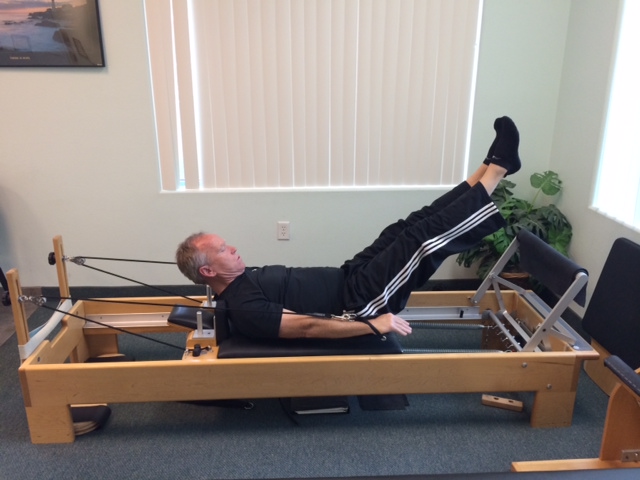
Group Therapy for Chronic Pain
Chronic pain can be an isolating and debilitating condition, affecting millions of individuals worldwide. For those living with ongoing pain, the search for effective treatment and support is often a long and challenging journey. While individual therapy and medical interventions are essential components of pain management, group therapy has emerged as a valuable complementary approach. In this blog post, we’ll explore the benefits and considerations of group therapy for chronic pain, shedding light on how it can be a source of relief, connection, and empowerment for those facing this complex condition.
The Isolation of Chronic Pain
Chronic pain, defined as persistent pain lasting for three months or longer, can disrupt every aspect of a person’s life. From physical limitations to emotional distress, chronic pain takes a toll on one’s overall well-being. One of the most significant challenges faced by those with chronic pain is the sense of isolation it often brings.
- Social Withdrawal: Individuals with chronic pain may withdraw from social activities, leading to feelings of loneliness and depression.
- Misunderstanding: Others may not fully grasp the extent of the pain, which can result in a lack of empathy or support from friends and family.
- Communication Difficulties: Expressing the experience of pain can be challenging, making it difficult for those with chronic pain to convey their needs to loved ones and healthcare providers.
The Power of Group Therapy
Group therapy for chronic pain provides a unique environment where individuals can come together to share their experiences, challenges, and coping strategies. These sessions are typically facilitated by a trained therapist and consist of a small group of participants who meet regularly. Here are some of the significant benefits and considerations of group therapy for chronic pain:
1. Validation and Empathy
- Benefit: Participants in group therapy often express a sense of validation and relief when they realize that others in the group share similar struggles. This validation can help reduce feelings of isolation.
- Consideration: It’s essential to find a group that fosters a supportive and empathetic atmosphere. Group dynamics can vary, so it may take time to find the right fit.
2. Coping Strategies
- Benefit: Group therapy provides an opportunity to learn and practice various coping strategies. Participants can share what has worked for them and gain insights into new approaches.
- Consideration: Coping strategies may not be one-size-fits-all. What works for one person may not work for another. It’s important for participants to be open to trying different techniques.

3. Communication Skills
- Benefit: Group therapy can improve communication skills, helping individuals express their pain, needs, and emotions more effectively with loved ones and healthcare providers.
- Consideration: Participants should feel comfortable sharing their experiences but also be respectful of others’ boundaries and experiences.
4. Reduced Stigma
- Benefit: Group therapy can reduce the stigma associated with chronic pain by allowing individuals to openly discuss their condition without fear of judgment.
- Consideration: Stigma may still exist outside the group, so it’s important to continue advocating for a better understanding of chronic pain in society.
5. Emotional Support
- Benefit: Group therapy sessions can serve as a source of emotional support, helping participants navigate the emotional challenges that often accompany chronic pain.
- Consideration: Some individuals may be hesitant to share their emotions in a group setting, and that’s perfectly okay. Therapy is a safe space to express feelings as one feels comfortable.
6. Empowerment and Resilience
- Benefit: Over time, participants often report feeling more empowered and resilient in the face of chronic pain. Group therapy can help individuals regain a sense of control over their lives.
- Consideration: It’s crucial to recognize that progress may be gradual, and setbacks can occur. Group therapy provides ongoing support through these ups and downs.
Types of Group Therapy for Chronic Pain
Several types of group therapy approaches have proven effective for chronic pain management:
1. Cognitive-behavioral therapy (CBT)
- Benefit: CBT-based group therapy focuses on changing negative thought patterns and behaviors associated with pain. Participants learn to challenge unhelpful beliefs and develop healthier coping strategies.
- Consideration: CBT group therapy can be particularly effective in addressing the psychological aspects of chronic pain.
2. Mindfulness-Based Stress Reduction (MBSR)
- Benefit: MBSR groups incorporate mindfulness and meditation practices to help participants become more aware of their pain without judgment. This approach can lead to reduced pain perception and increased overall well-being.
- Consideration: Regular practice is essential for mindfulness-based approaches to yield benefits, so participants should be committed to the process.
3. Peer Support Groups
- Benefit: Peer support groups bring together individuals with similar chronic pain conditions. These groups focus on sharing experiences, providing emotional support, and offering practical advice.
- Consideration: Peer support groups can vary widely in structure and format, so finding the right fit is crucial.
Conclusion
Group therapy for chronic pain offers a valuable space for individuals to connect, share, and learn from one another when you read their article is right here. It addresses the isolation that often accompanies chronic pain and provides practical coping strategies. While group therapy is not a replacement for medical treatment or individual therapy, it can be a complementary approach that contributes to improved pain management and overall quality of life.
If you’re living with chronic pain, consider exploring group therapy options in your area. Remember that finding the right group may take time, so be patient with the process. By participating in group therapy, you can gain valuable insights, receive support, and work towards a better quality of life despite the challenges of chronic pain.
You May Also Like

Probiotics: A Lot More Dangerous
May 2, 2023
Perfect Gift
March 28, 2020


